PIMN stands for Pacific Information Management Network, which began over 20 years ago as a special interest group for LIANZA. We were set up to ensure that professionalism and networking in the Pasifika GLAM sector were given the attention that was needed. Our Pasifika communities were growing and there was a need to prioritise the appropriate and relevant services.
Over the years, there have been several gatherings, workshops, fonos, food sharing, and conferences. One of our proudest moments was holding the 2019 LIANZA conference with a fabulous Pacific flavour and theme throughout. The enjoyment and feedback following the conference was overwhelmingly positive. The success was a result of intentional collaboration, learning and leadership.
Other memorable moments include museum visits, talks, and receiving visitors to help increase our knowledge of the sector and be inspired by what is happening within our communities. The ongoing networking has enabled relationships to form and sustain PIMN to serve our people and communities better.
Due to COVID interruptions and various changes in the GLAM sector, PIMN is revisiting our kaupapa and vision to enhance and grow from where we had started. It is still of the utmost importance for PIMN to actively advocate for and improve the lives of Pasifika peoples. Mentoring and a Community of Practice will be vital to PIMN’s commitment to our people. Currently, we are working on how best to deliver this. Watch this space for our new plans and vision.
We will do a membership drive when the updated version of PIMN is introduced. Some of the reasons you will want to join are:
- To sharing information, ideas, experience and expertise between members.
- For networking with colleagues who provide information services to Pasifika peoples.
- Supporting the professional development and training of members.
- Promoting resources and research on Pasifika peoples, cultures, and languages.
We are blessed to have LIANZA President Richy Misilei and Immediate Past President Kim Taunga, on our PIMN executive working together to deliver on LIANZA’s strategic plan for better outcomes for Pasifika peoples. The PIMN executive includes: Trina Schuster, Eirenei Taua’I, Richy Misilei, Elenoa Mo’a Sili-Mati, Irene Tufuga, Jenny Barnett, John Mata’afa, Mack Leala, Asilika Seli, Ian Toki, Judy McFall-McCaffery, Kim Taunga, and Sana Saleem.
Trina Schuster is the current convenor of the LIANZA PIMN SIG and Sana Saleem is the secretary. Find out more about Trina and Sana below.
To know more about PIMN and how to join, please visit the LIANZA website here https://www.lianza.org.nz/lianza-communities/

Trina Schuster
Ko Fito tōku maunga
Ko Tofoa tōku waka
Ko Moana-nui-a-kiwa tōku moana
Ko Moata’a tōku hapu
Ko Ngāti Hāmoa tōku iwi
O lo’u igoa o Trina Schuster
Malo le soifua maua ma le lagi e mama.
I am the proud mother of four, aged 17 to 30.
I have been recently appointed and started in a new role for Selwyn District Council as Head of Arts, Culture & Lifelong Learning. I have been working in libraries for most of my adult life and am very passionate about serving our people & our communities. I believe that when we can bring our 'full selves' to mahi, our communities will receive the support they deserve from wide-ranging, diverse, and passionate people. I have loved seeing the changes within libraries over the years, how we are with people and how we serve and what we offer.
I am the current convenor for PIMN and have learned so much since being involved with this SIG. The people in this group are committed, passionate, and caring. They work hard to ensure Pasifika peoples receive the support, care, attention and alofa they deserve. Building up our knowledge base, our cultural capacity is important to me. Networking is such a strong way of ensuring we can all build the relationships we need to help us in our day-to-day mahi.
It’s great to be a part of this and enabling our people to shine. I am looking forward to the new and updated version of PIMN and would love to have you join us on the journey.

Bula vinaka. My name is Sana, and I am from Nadi, Fiji. I have connections to Saunaka village through my father's side and to Sabeto in Nadi through my maternal ties. I moved to Aotearoa with my family in 1999.
I am the secretary for PIMN and have enjoyed my role doing various things from admin to co-organising the LIANZA conference. As the Pacific Librarian at Unitec Library, I have hosted a few PIMN gatherings in the library to grow our Pacific profiles through networking and interacting with colleagues who share the same passion and commitment to serving our Pacific staff and students.
Our PIMN SIG executive committee is run by volunteers who work in the GLAMR sector. These incredible individuals ensure that we are here to support each other, and the committee helped me to grow as a young confident librarian with the long-lasting friendships and associations within our Pasifika communities.
I have worked in academic libraries for almost 15 years. The kaupapa that is important in my everyday mahi enables access to appropriate Pacific resources and ensures that equitable services are available to our Pacific students who use the library and space.
I strongly encourage and welcome new members who wish to join our PIMN collective.
Vinaka vakalevu,
Sana and Trina
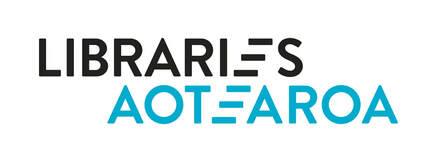




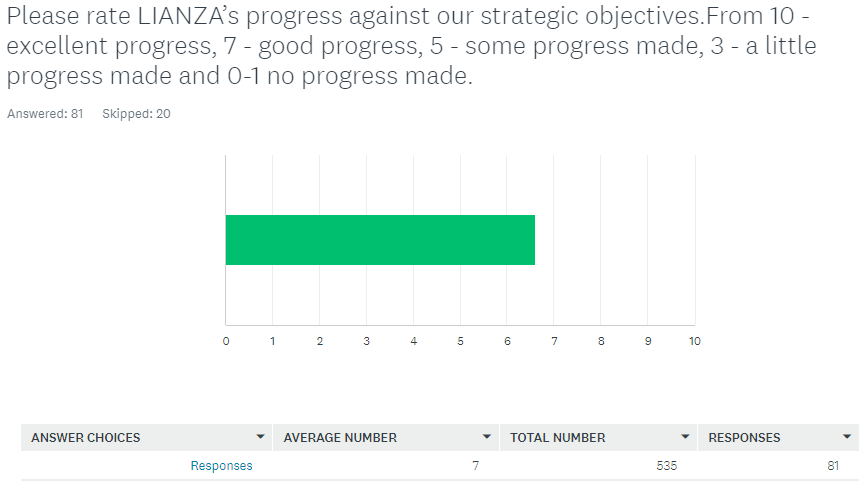
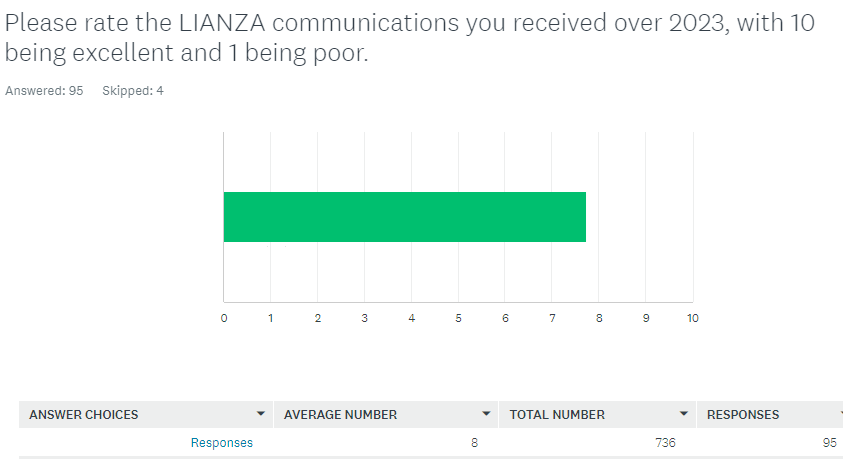
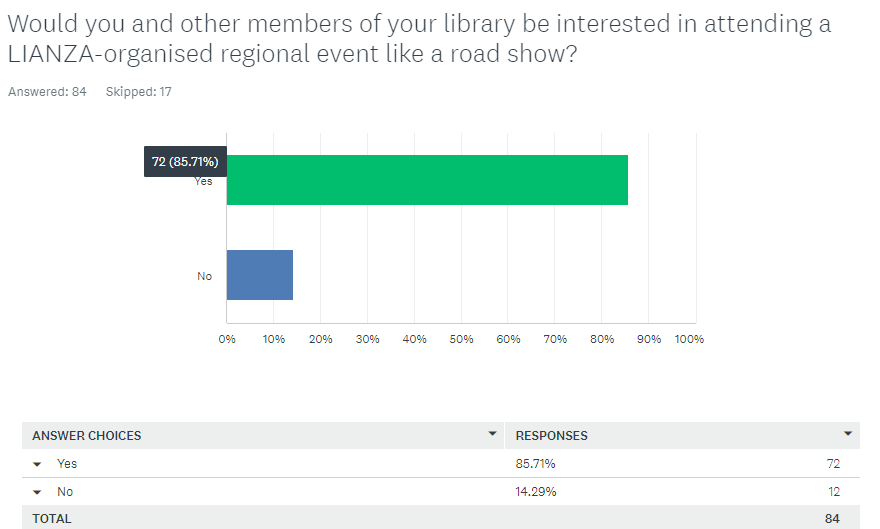
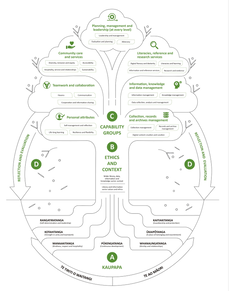
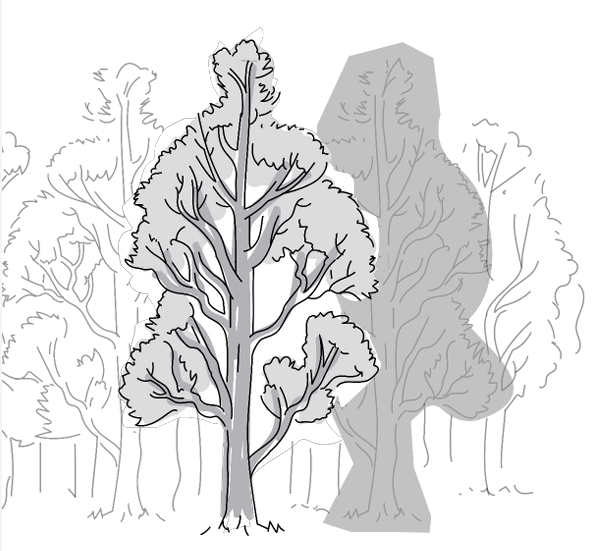

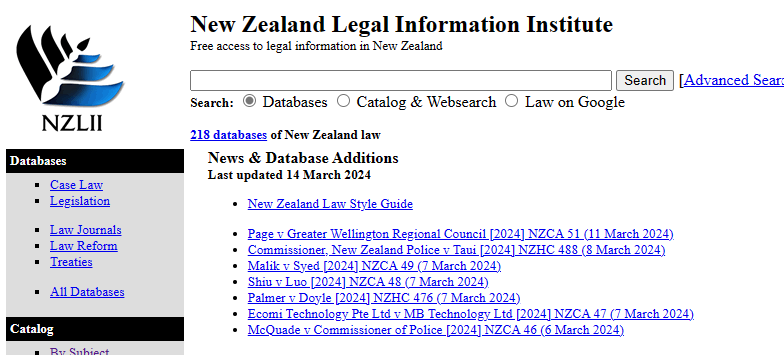
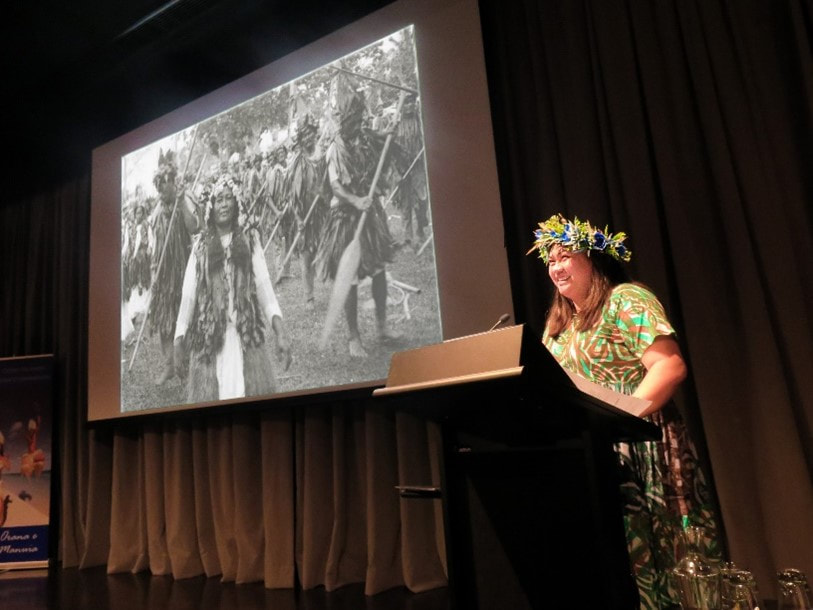
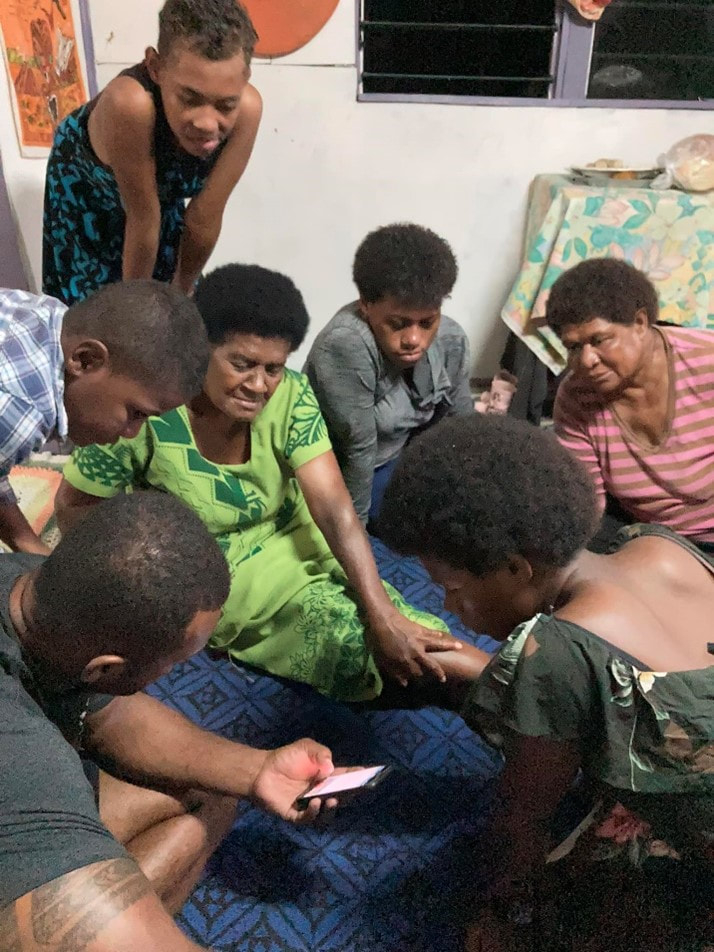
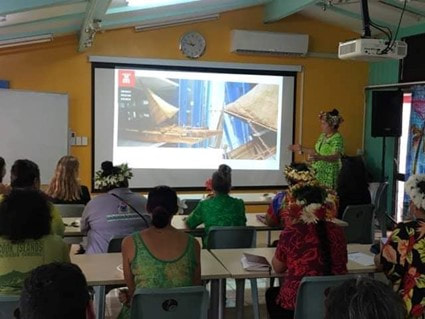
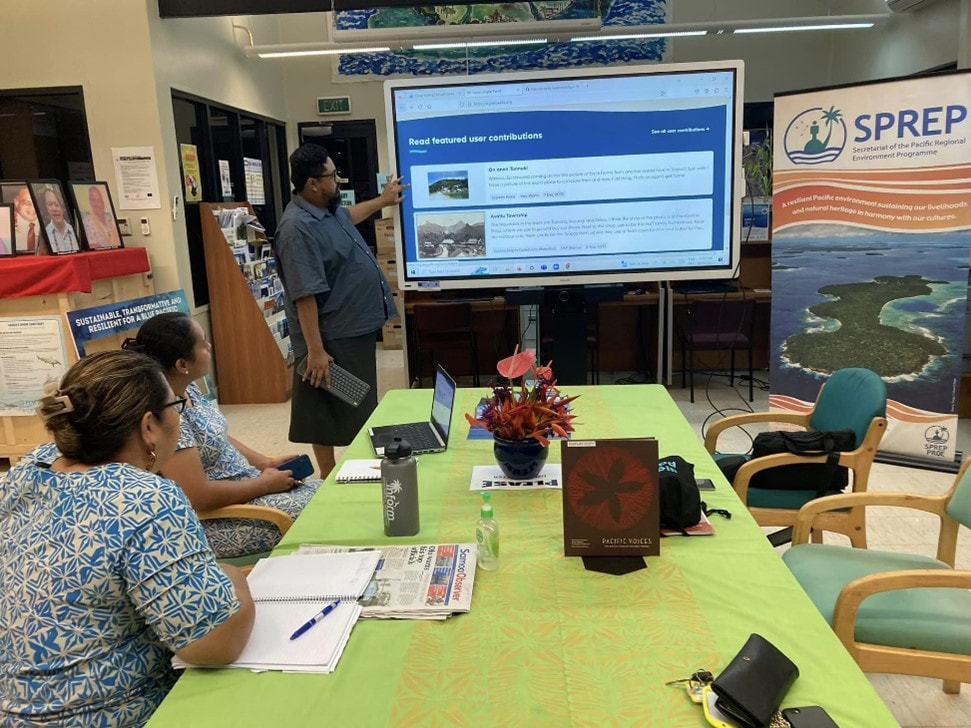
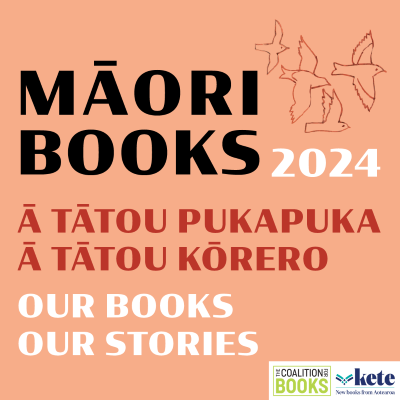
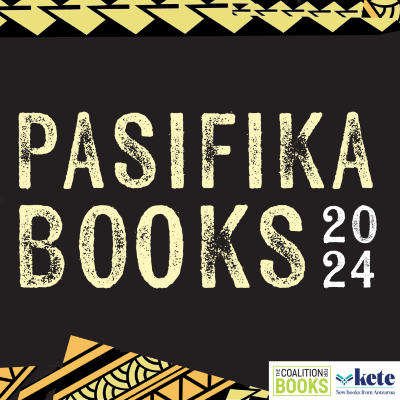
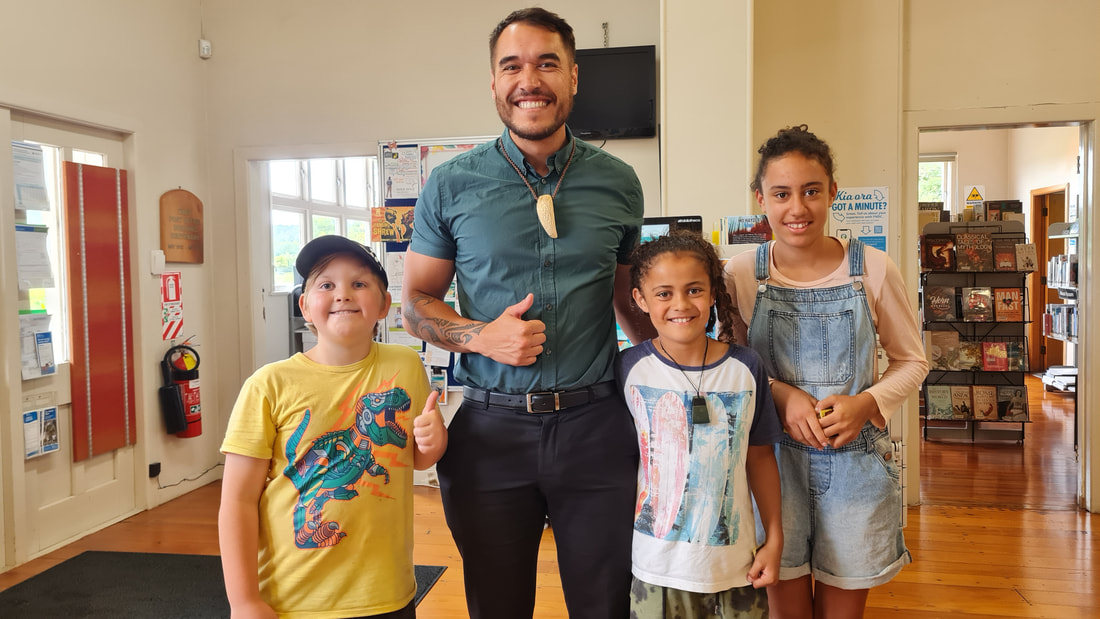
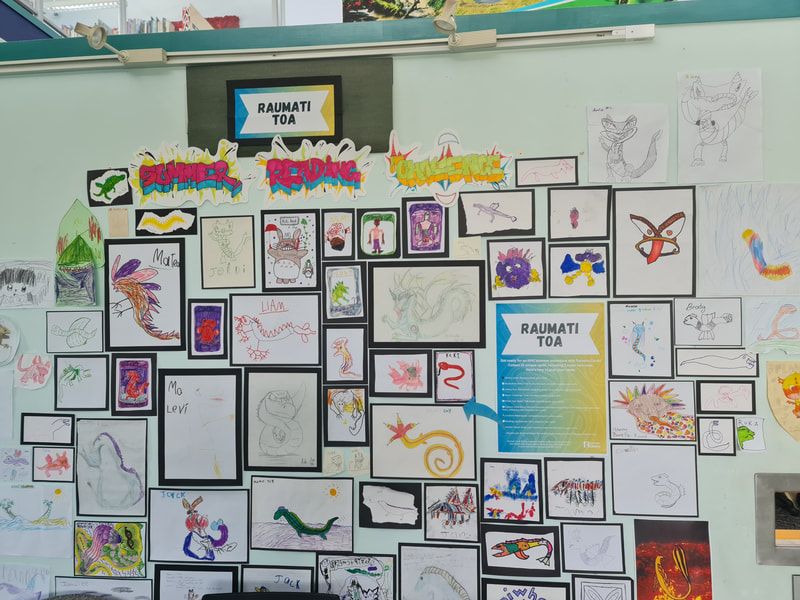
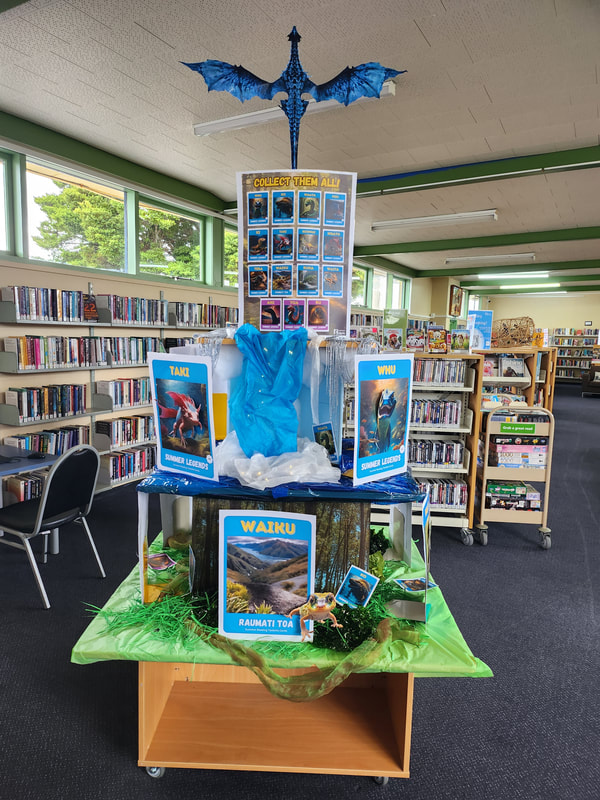
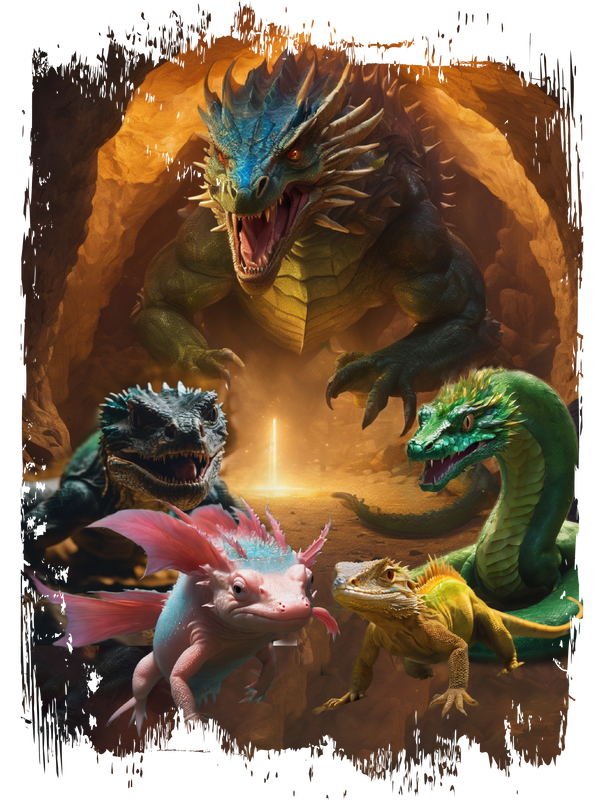

 RSS Feed
RSS Feed